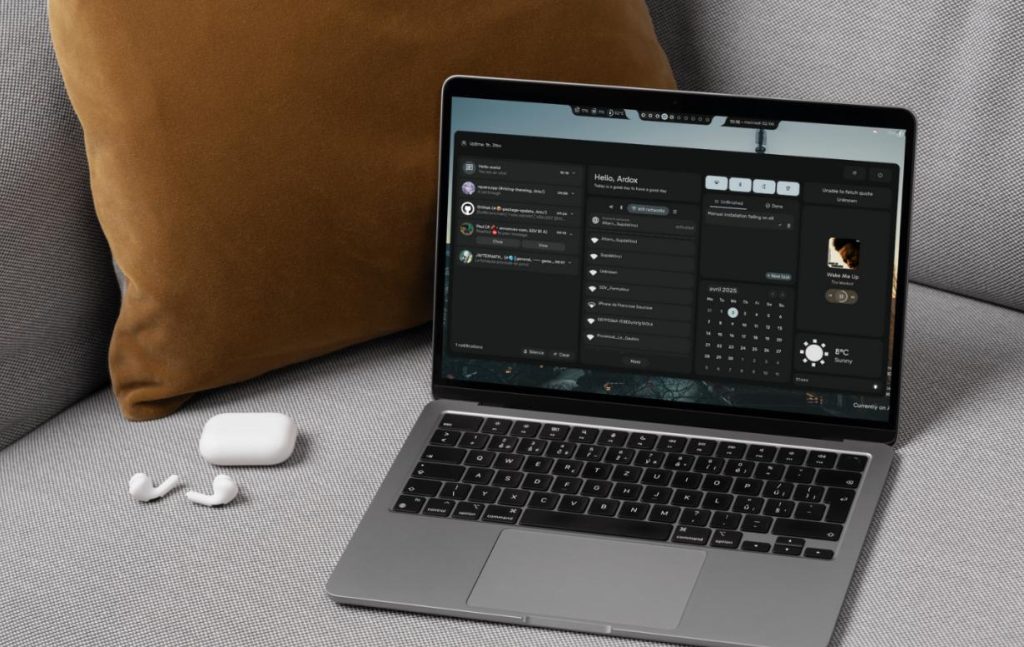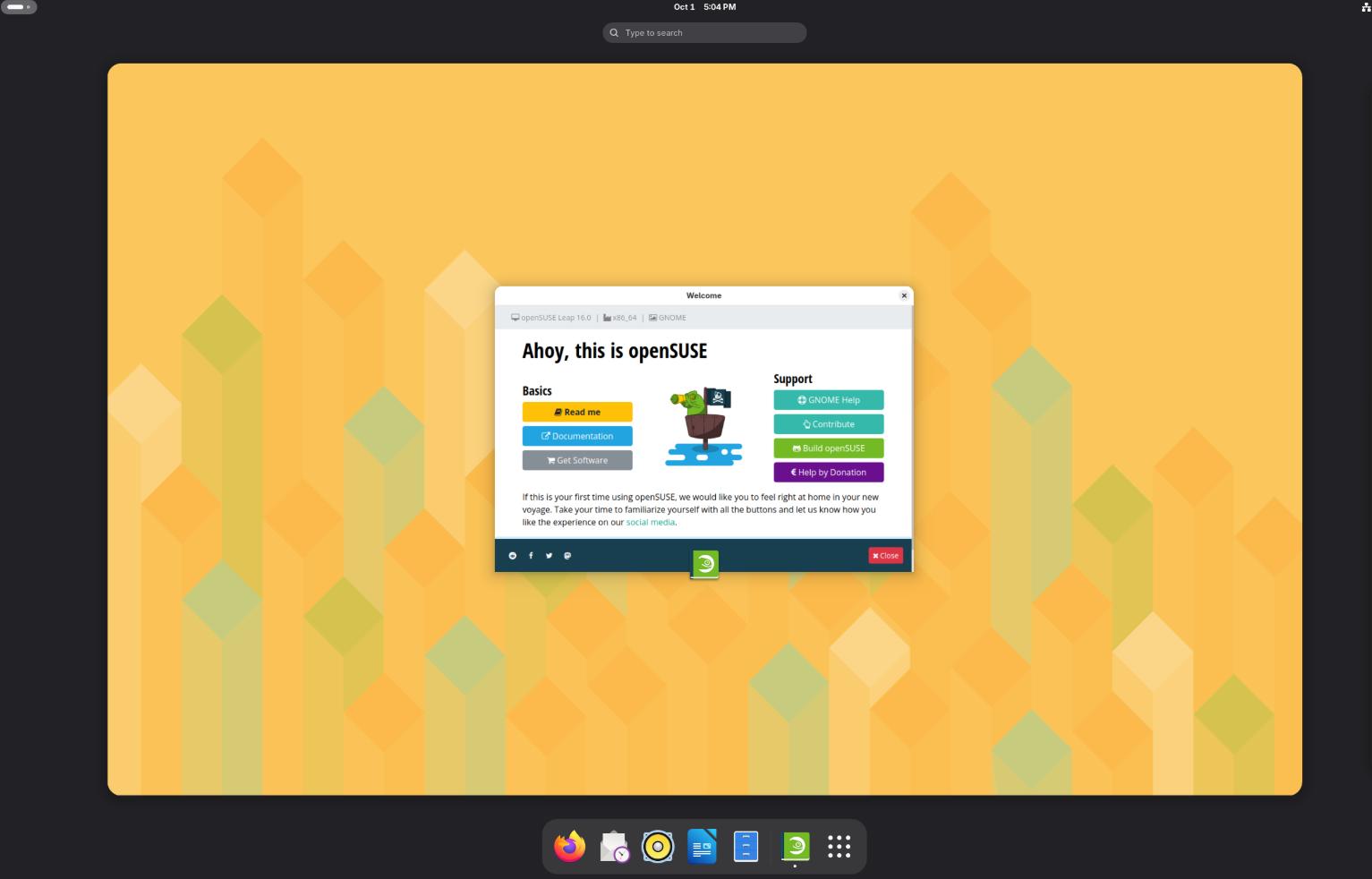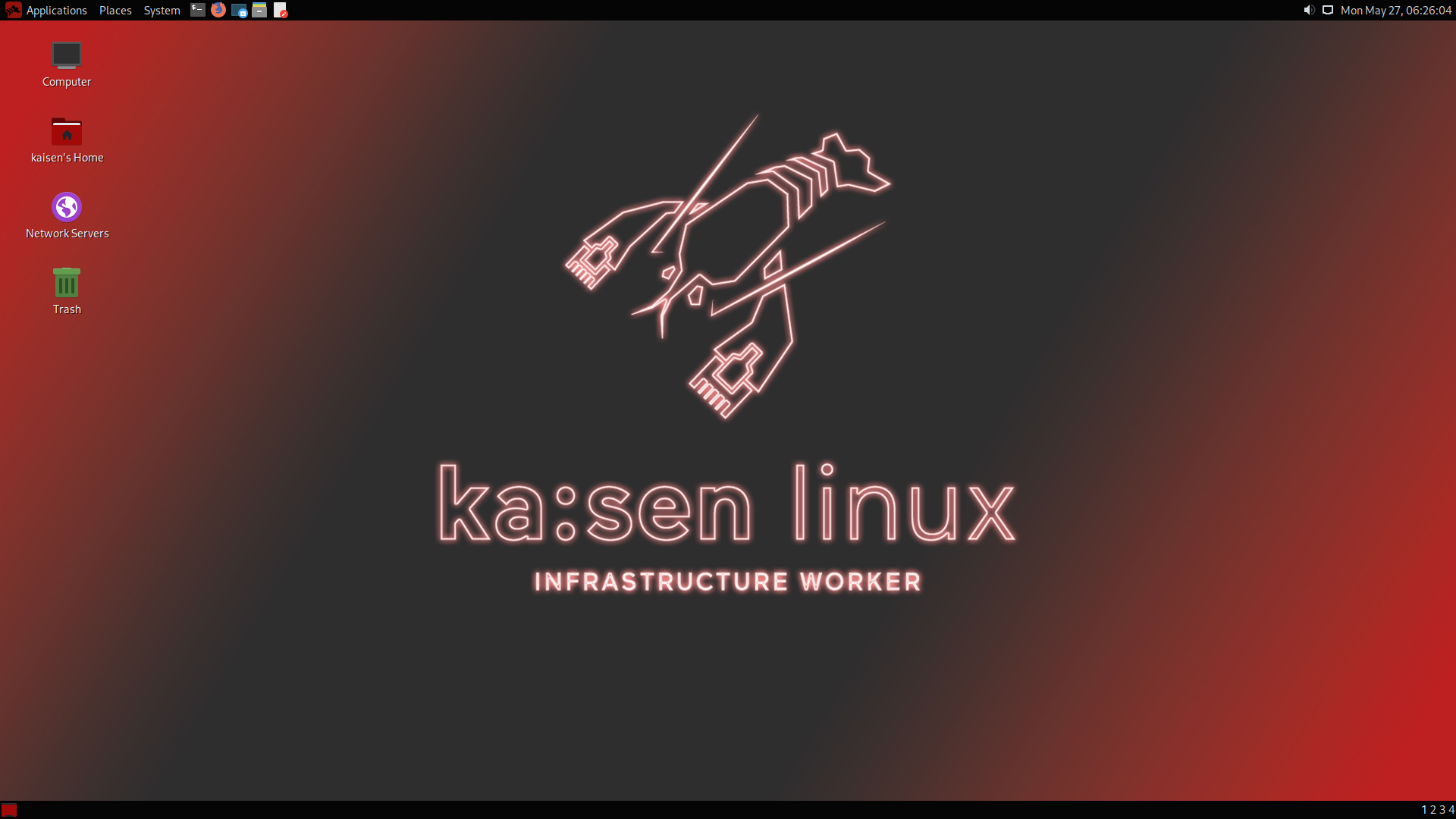In a sea of Linux distributions, finding one that blends aesthetic polish, raw performance, and a steadfast commitment to user privacy can feel like searching for a needle in a haystack. AxOS aims to be that needle. Built on the proven foundation of Arch Linux yet developed independently, AxOS positions itself as a modern, lightweight operating system that respects your data, looks inviting right out of the box, and leaves you in full control of every component.
This deep-dive explores what makes AxOS unique, why it appeals to tinkerers and newcomers alike, and how its design choices translate into real-world benefits for desktop users, gamers, content creators, and anyone who values transparency in their computing environment.
1. Arch Roots Without the Arch Hassle
Seasoned Linux fans know Arch Linux for two things: its rolling-release model that delivers the latest software almost instantly, and an installation process that can be daunting for the uninitiated. AxOS keeps the first benefit while removing the second hurdle thanks to Epsilon, a guided installer that handles disk partitioning, desktop selection, and essential software setup in minutes.
Because it pulls directly from Arch’s repositories (including the massive Arch User Repository), AxOS users enjoy bleeding-edge kernels, graphics drivers, and application versions without waiting months for a point release. Yet unlike generic Arch spins that merely preinstall a desktop, AxOS layers in thoughtful defaults—performance tweaks, sensible power settings, and a refined theme—that make the system feel cohesive from first boot.
2. Sleek, Purpose-Built Desktops

AxOS ships with several curated desktop sessions:
- KDE Plasma for those who crave a feature-rich, highly configurable environment.
- Sleex, a minimalist Wayland session that keeps RAM usage astonishingly low while still looking sharp.
- Calla, a custom Xfce remix offering a classic panel-and-menu layout with modern flair.
Whichever session you choose, the theming is consistent. Window borders, icons, cursors, and accent colors follow a single visual language, avoiding the “Frankenstein desktop” look common to DIY installations. With dark and light variants available, you can match the interface to ambient lighting or personal taste in two clicks, no extra theme-hunt required.
3. Performance Where It Counts
Because every AxOS edition is stripped of fluff and compiles certain critical libraries with speed-oriented flags, even older laptops wake up with purpose. The Sleex session idles below 400 MB of RAM on fresh install—remarkable given its Wayland underpinnings.
Gamers benefit from the inclusion of optimized Mesa builds and easy toggle scripts for explicitly enabling high-performance GPU modes. Creative professionals see faster project exports thanks to tuned CPU governor presets that ramp cores aggressively during rendering, then step back to save power. Whether you are benchmarking frame rates or encoding videos, AxOS often squeezes a few extra percentage points of performance compared to a vanilla Arch setup.
4. Privacy by Design, Not Afterthought
AxOS takes a hard stance on telemetry: none is collected, none is shipped. There are no background analytics daemons, no “optional” data pipelines. During first boot, you will not be asked to opt out of anything because nothing tries to phone home in the first place.
The distribution also disables Bluetooth and network discovery by default. If you need them, they are a click away, but the initial posture favors security through minimal exposure. Even the package manager is configured to fetch metadata only when you explicitly update, avoiding background network chatter.
5. Epsilon Installer: Complexity Made Simple
The hallmark of AxOS’s usability is Epsilon. In less than ten screens you can:
- Select language, keyboard, and time zone.
- Choose disk layout (automatic with Btrfs snapshots or manual partitioning for advanced users).
- Pick your desktop environment and a starter software bundle (office, media, developer, or barebones).
- Confirm settings and watch the progress bar glide.
Advanced toggles—LUKS encryption, swap on ZRAM, proprietary NVIDIA driver—are there if you need them but hidden until summoned, keeping the main flow uncluttered. For newcomers, this means an installation that feels as friendly as a mainstream distro; for veterans, it simply saves time.
6. Rolling Releases Without “Dependency Hell”
Rolling models sometimes draw criticism for occasional breakage. AxOS mitigates this risk in two ways:
- Staged Updates – Critical libraries are held back 48 hours by default, giving packagers time to catch show-stopping bugs before they reach users.
- Atomic Snapshots (Btrfs) – Each update triggers an automatic filesystem snapshot. If an upgrade misbehaves, rebooting into the previous snapshot takes seconds, no data loss, no chroot hackery.
These safeguards maintain Arch’s freshness while providing the peace of mind normally associated with fixed-release distributions.
7. Tailored Software Selections
Out of the box you will find no duplicative apps—one music player, one image viewer, one code editor—each chosen for lightweight efficiency. A minimalistic AxOS install with Sleex fits comfortably within a 6 GB footprint, yet expanding the system takes one command thanks to access to Arch’s official repos plus the AUR.
Popular extras such as Steam, Lutris, Proton GE, Flatpak, and development toolchains are a check-box away in Epsilon, sparing you the hunt for PPA-style third-party sources.
8. Community-Driven, Developer-Friendly
Despite being independent, AxOS maintains active chat channels and a documentation wiki that covers everything from Wayland troubleshooting to advanced theming. Pull requests on its Git service are encouraged, and packages missing from official repos often appear within days of user requests. For hackers, the entire build infrastructure is reproducible—clone the repo, tweak, rebuild, share.
This spirit of openness means AxOS evolves quickly, shaped directly by the needs of its user base instead of distant corporate roadmaps.
9. Who Should Try AxOS?
- Curious Arch fans who love rolling releases but want a swifter setup.
- Developers seeking a lean environment with predictable builds and full AUR access.
- Gamers and content creators who need bleeding-edge drivers plus performance tweaks.
- Privacy advocates looking for a distro that keeps data local and transparent.
- Minimalists who appreciate a light desktop that still looks polished.
Final Thoughts
AxOS is not about reinventing Linux from scratch; it is about refining a proven base into a sleek, privacy-respecting platform that just happens to look gorgeous and run fast. By blending Arch’s cutting-edge packages with opinionated defaults, a guided installer, and a zero-telemetry stance, AxOS occupies a sweet spot many Linux users have been craving.
If you are ready to taste a distro that empowers you to craft a personalized, high-performance desktop while shielding your data from prying eyes, AxOS deserves a spin.
openSUSE 16 Leap 2025: A New Chapter in Stability and Innovation
openSUSE 16 has opened a bold new chapter with its latest Leap release, inviting users into a future…
FydeOS 21: A Modern Chromium OS Alternative for Everyday Computing
FydeOS has gained attention as one of the most polished alternatives to Google’s ChromeOS. Built on …
Kaisen Linux Discontinued: Developer Ends Project After 5 Years
Just weeks after Intel announced the termination of its Clear Linux OS, another specialized Linux di…


